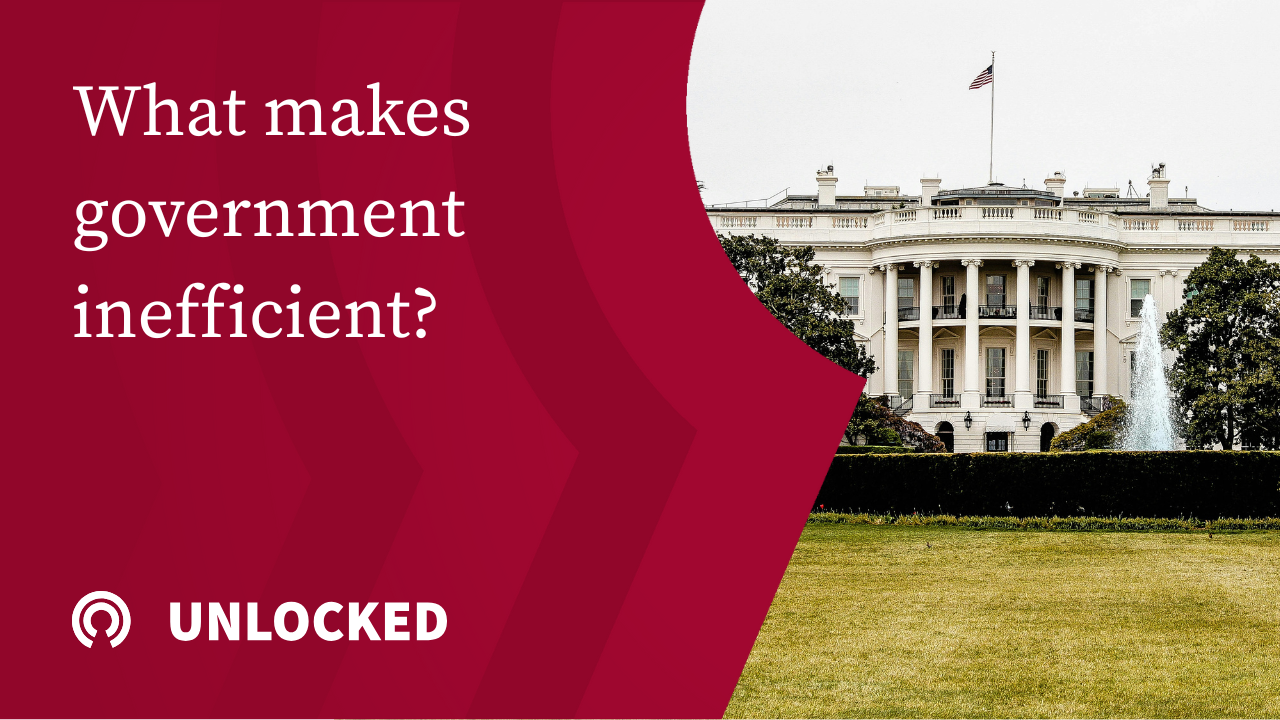Government’s efficiency – or lack thereof – has been consistently in the news since the Department of Government Efficiency (DOGE) was created in the shell of what had been the U.S. Digital Service. But, what is at the core of longstanding understanding that many parts of the U.S. government are inefficient. Do they have to be? How have they become inefficient, if they weren’t always? What has stood in the way of greater efficiency in the past?
Shorenstein Center Director Nancy Gibbs talks with Mina Hsiang, former Administrator of the United States Digital Service (USDS), about the structural, institutional, and cultural roadblocks that keep government from running efficiently.
Listen to Mina Hsiang’s conversation with Nancy Gibbs in the Unlocked podcast.


